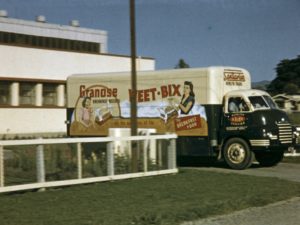With our Restoration technology we create a superior image than the original film!
Modern, digital film restoration takes the following steps:
- Expertly clean the film of dirt and dust.
- Repair all film tears with clear polyester tape or splicing cement.
- Scan each frame into a digital file.
- Restore the film frame by frame by comparing each frame to adjacent frames. This can be done somewhat by computer algorithms with human checking of the result.
- Fix frame alignment (‘jitter’ and ‘weave’), or the misalignment of adjacent film frames due to movement of film within the sprockets. This corrects the issue where the holes on each side of a frame are distorted over time. This causes frames to slightly be off center.
- Fix color and lighting changes. This corrects flickering and slight color changes from one frame to another due to aging of the film.
- Restore areas blocked by dirt and dust by using parts of images in other frames.
- Restore scratches by using parts of images in other frames.
- Enhance frames by reducing film grain noise. Film foreground/background detail about the same size as the film grain or smaller is blurred or lost in making the film. Comparing a frame with adjacent frames allows detail information to be reconstructed since a given small detail may be split between more film grains from one frame to another.
Quality FILM restoration & care
What do we do with your films
Upon arrival in our premises, a collection is labeled & checked for decay, splicing and damages, then gets a first manual clean. A couple of days later a second clean and check up is performed before scanning.
Depending on the film different lights can be used to optimise the scanning. Scanning is supervised at all time and a wet gate conceals most of the scratches and surface defect.

Film Colour correction
 How we bring back the colours of your films
How we bring back the colours of your films
Every film is a case in itself, depending on the light condition at the time of recording, the film used and how it has been stored.
Scanned with at least 16.7 millions colours in an uncompressed format, we extract about 20 GB for each reel of 50 ft of 8 mm (3 to 4 minutes). This huge amount of data allows to manipulate the colours of your films to bring back colours, saturation and dynamic.
Every scene being different from the next or previous one we isolate and work on each of them individually, therefore the restored colours of your film will be optimised.